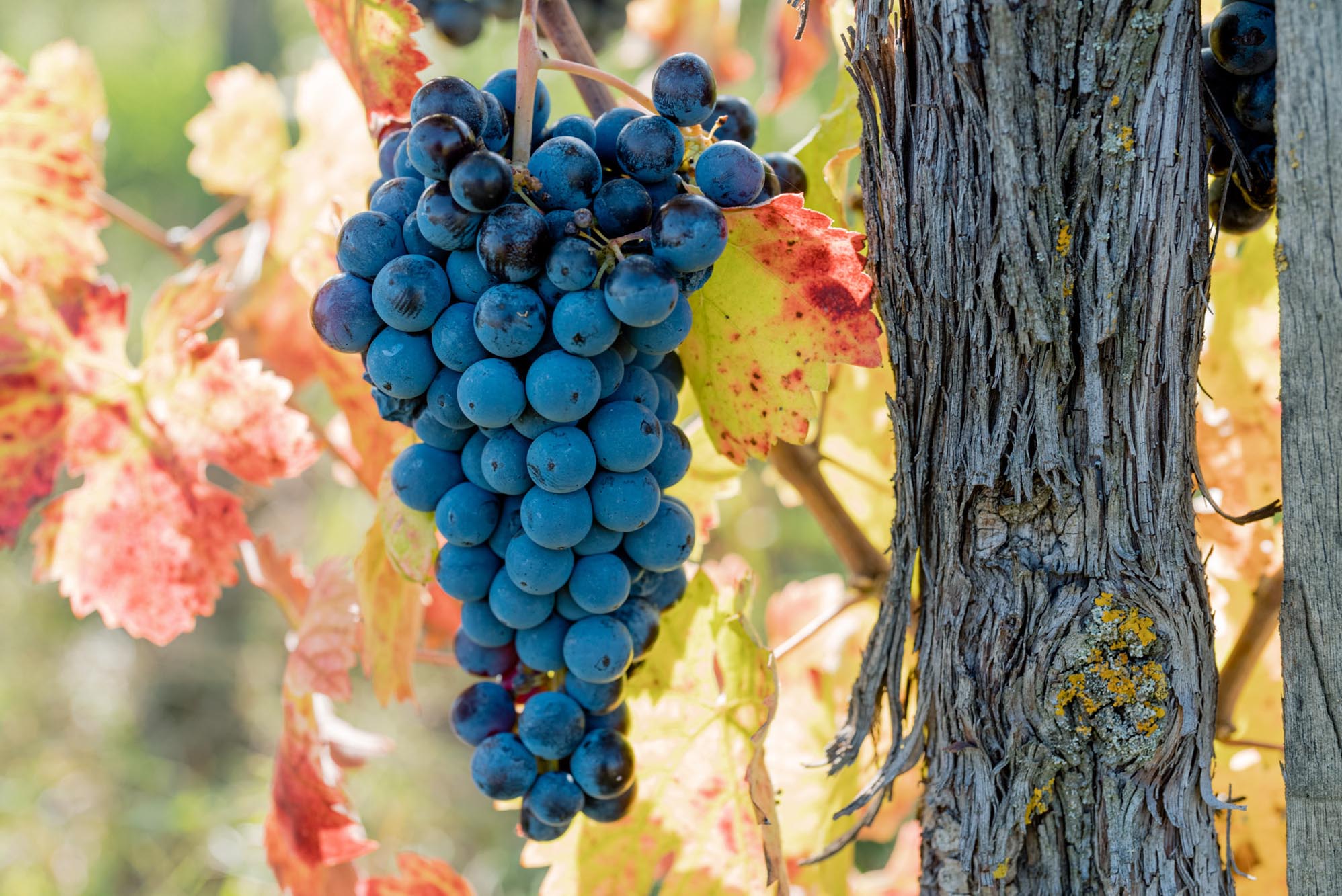
With its medium-sized, blue-black berries, Sagrantino is one of the grapes with the highest content of polyphenols the world including the anthocyaninsresponsible for colouring ruby red violet of wine, e i tanninswhich are responsible for the structure and tannic typicality that this wine has in its DNA.
Traditionally produced in the passito version, nel 1992 the Montefalco Sagrantino obtains recognition of the Controlled and Guaranteed Designation of Originfor both the dry that for that passita. The production area of the Montefalco Sagrantino DOCG is an area from profile hills not far from Assisi, Foligno, Todi and Spoleto, with altitudes fromthe 220 and the 472 metres above sea level. Si is characterised, despite its limited extension, by different exposures and slopes, with average annual precipitation between 800 and 1100 mm, and by rare snowfalls.




The symbolic wine of Montefalco and the surrounding hills receives the award of the DOC on 30 October 1979 and the DOCG 5 November 1992under the name of Montefalco Sagrantino, marking two stages fundamentals in the recent development of the territory.

CHARACTERISTICS OF THE VINE
The complete ripening of tannins, first in the vineyard and then in the cellar, contributes to on the one hand to create an excellent balance and a complex perfume given by fruity, spicy and roasted notes, on the other to attenuatesre the pronounced tannicity.



The soils of the Montefalco Sagrantino production area are framed within the deposits of the south-eastern branch of the Tiber basin which occupies the Spoletana Valley, also known today as the Umbra Valley (Valleys of the Topino and the Maroggia).
